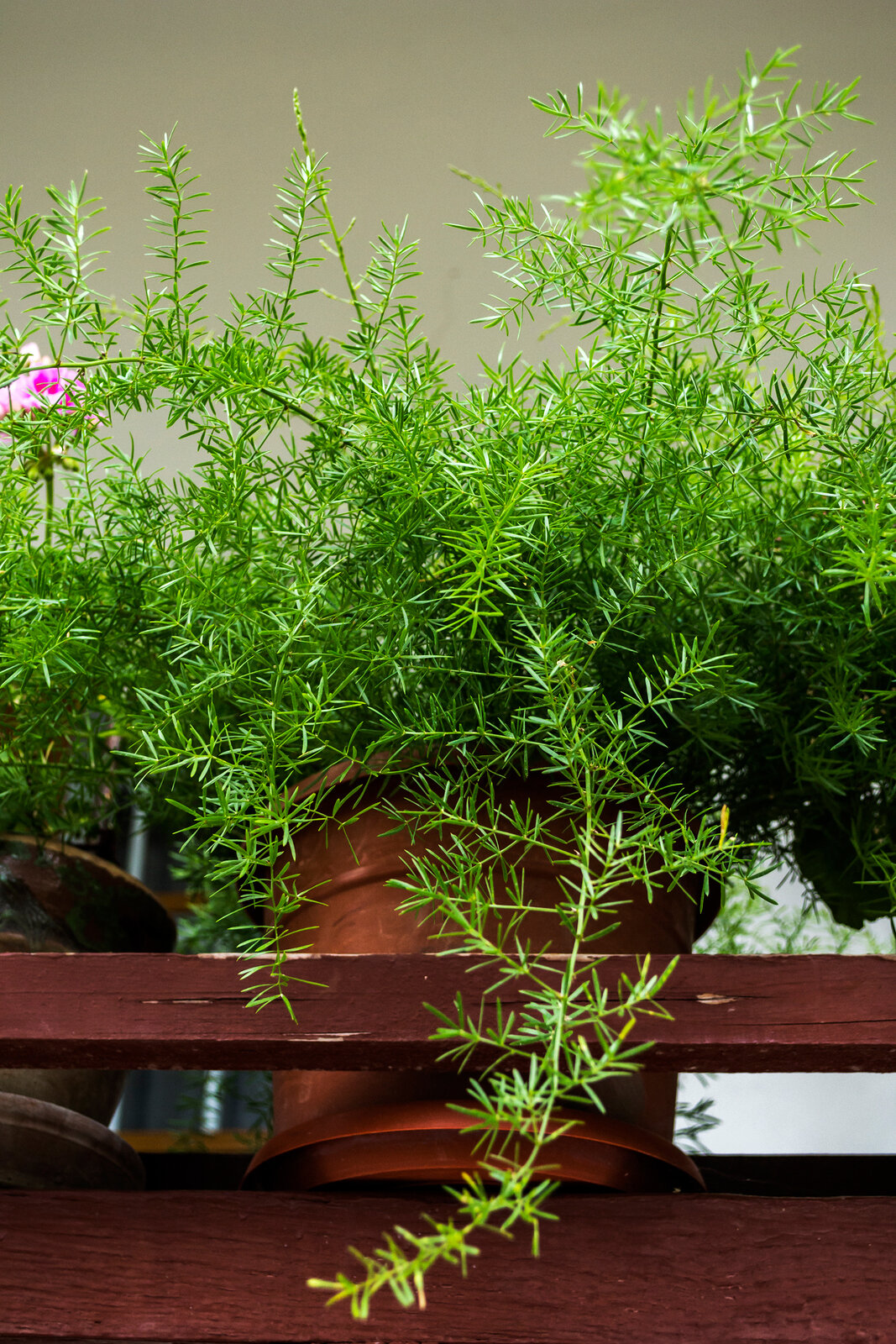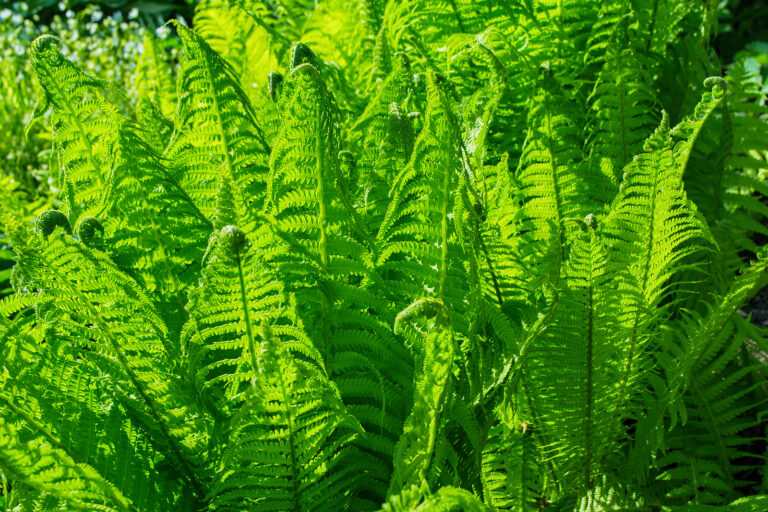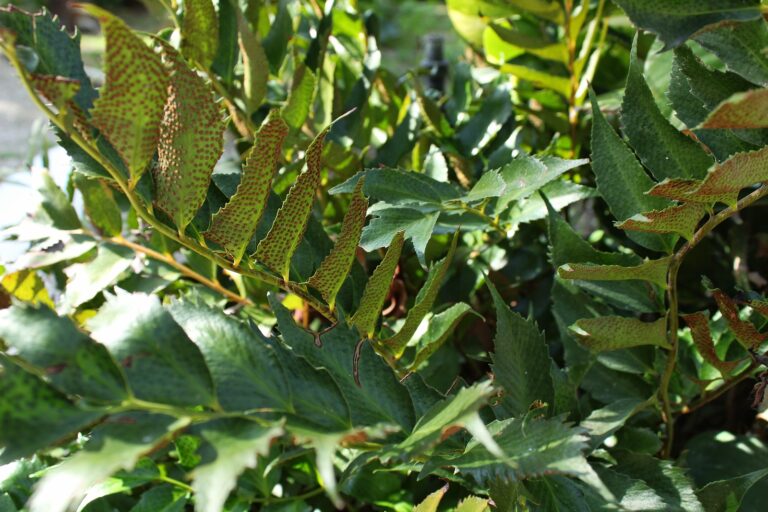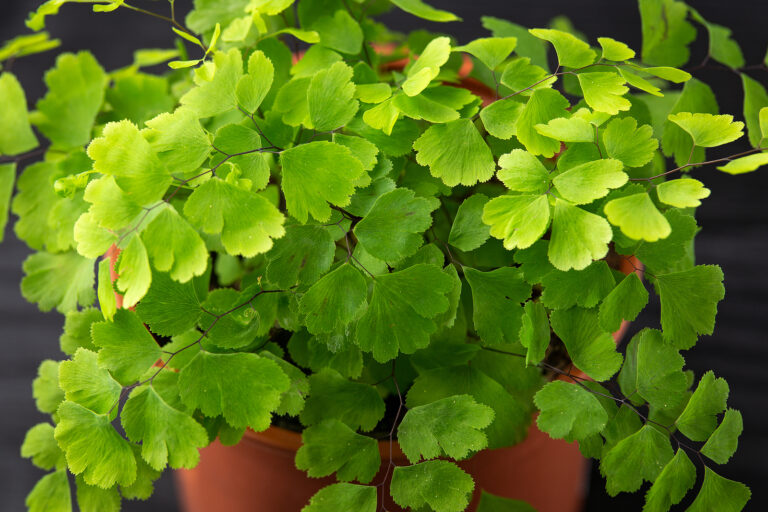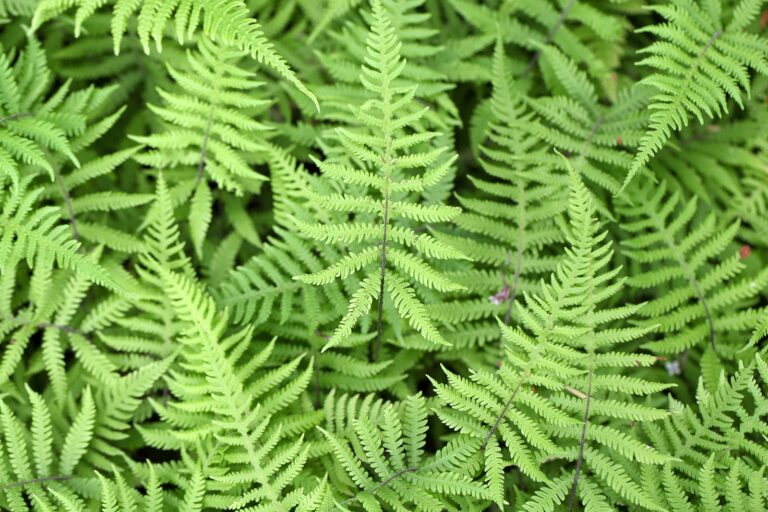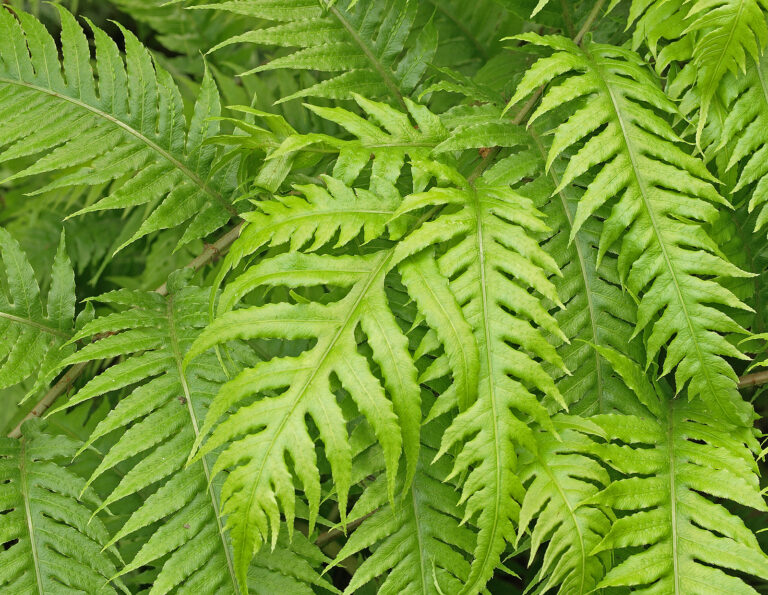How to Grow Asparagus Fern – Asparagus densiflorus
Asparagus ferns have feathery, arching stems with needle-like leaves. Grow asparagus ferns under trees and large shrubs in shady beds and borders or feature them in patio containers or hanging baskets.
Asparagus ferns, Asparagus densiflorus, is also known as plume asparagus or foxtail fern. It is an evergreen perennial closely related to the vegetable asparagus,
Asparagus fern is native to southern Africa from Mozambique to South Africa. is n
Asparagus ferns can not tolerate frost; they must be grown indoors or protected where ever frost occurs.
Get to know Asparagus Fern
- Plant type: Subtropical perennial, not actually a fern
- Growing Zones and range: 9-11
- Best temperatures: Average to cool conditions 55°-70°F (13°-21°C)
- Height and width: 24 to 25 inches (60-90cm) tall, 3 to 4 feet (1-1.2m) long
- Foliage: Cascading branches that arch; feathery leaves on woody, spiny stems
- Flowers: Tiny pink flowers may form, followed by small berries that turn from white, to green to red or black
- Bloom time: Summer
- Uses: Container plant, hanging plant, shade garden
- Common name: Asparagus fern, emerald feather
- Botanical name: Asparagus densiflorus
- Family: Lilaceae
- Origin: Coastal sites in Europe, Asia, and Africa
Where to plant Asparagus Fern
- Grow asparagus fern in bright to minimal light; dislikes direct light.
- Plant asparagus fern in a humus-rich mix.
- Protect from constant high temperatures; provide a minimum of 50°F (10°C) in winter.
How to water and feed Asparagus Fern
- Keep soil moist; may need watering 2 to 3 times a week.
- Fertilize asparagus fern each time you water with a half-strength 10-10-10 fertilizer.
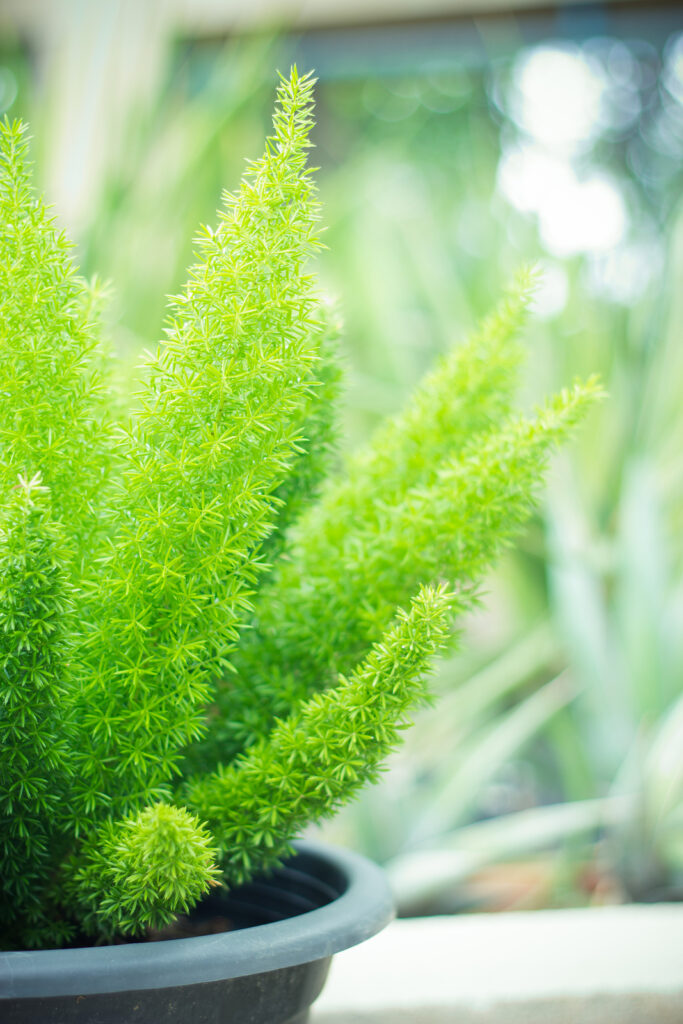
Asparagus Fern care
- Asparagus fern tends to become rootbound so about once a month set the pot in a bowl partly filled with water to allow the soil to become thoroughly shade.
- Divide and repot every spring.
- Asparagus fern sheds its tiny leaves as they yellow and die regularly. Keeping the plant cool and moist slow the process; shake out the leaves gently once a week.
Growing Asparagus Fern as a houseplant
- Asparagus fern grows best in bright light, average to cool temperature, and medium humidity.
- Asparagus fern can be grown under fluorescent light.
- Keep the soil evenly moist in summer and barely moist in winter. If the soil is allowed to dry out, leaves may turn yellow and dro[p.
- Fertilizer can b applied regularly during spring and summer.
Asparagus Fern common problems
- Yellowed foliage often means too much light or a lack of nitrogen; reduce the light slightly and fertilize with fish emulsion.
- Brittle stems and dropping leaves usually indicate that the plant has outgrown its pot and depleted the available soil nutrients; move the plant to a larger pot with fresh mix.
- Asparagus fern may be damaged by mealybugs, scale insects, and spider mites.
Asparagus Fern propagation
- Divide large plants by cutting all the stems down to the soil, then slicing the root ball into 4-inch wide wedges; plant the wedges in individual pots.
Asparagus fern can also be grown from seed.
Asparagus Fern varieties to grow
- Asparagus densiflorus is the most popular asparagus fern; it has somewhat woody stems to 4 feet long..
- A.d. ‘Myeresii’, plume asparagus fern, foxtail asparagus fern. Grow upright and bushy; covered with compact narrow fronds to 15 inches long.
- A.d. ‘Sprengeri’, Sprenger asparagus fern. Spreading or trainling to 4 feet long with branched stems; berries may be orange or red.
- A.myriocladus (also call A. macowanii) feather plume asparagus. Grows to 30 inches with fluggly-looking fronds.
- A. setaceus, (also called A. plumosus) plumrose asparagus fern also called emerald feather fern or lace fern has graceful arching layered feathery leaves.

